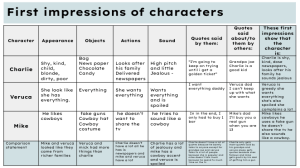In the past few weeks, all the reading groups had been exploring mood and atmosphere in different texts.
We identified the sensory imagery, which allowed us to paint a clear picture of what happened in the texts using the 5 senses.
The groups also explained the lists of the vocabulary which we didn’t understand in all of the texts we had read.
We then later recorded learning conversations which allowed us to express our opinions about the texts. In this task we needed to make the conversations flow, by telling them weather or not they agree or disagree with each others opinions.
Then we did the vocab, which was about choosing words/phrases in the texts to explain why they said that, and to identify the mood/atmosphere in that certain line.
After that, we did the mood chart which was rating each event that happened on a scale to 1 to 10. These mood charts were based on Rikihana Carkeek, and Hami Grace’s Diary.
Lastly we did the 10 word challenge, which was filling in the spaces, to create a powerful and strong paragraph explaining what the image was based off with our opinion.
I found this activity challenging and fun because it was hard to describe some texts, but it helped me learn new reading skills.

